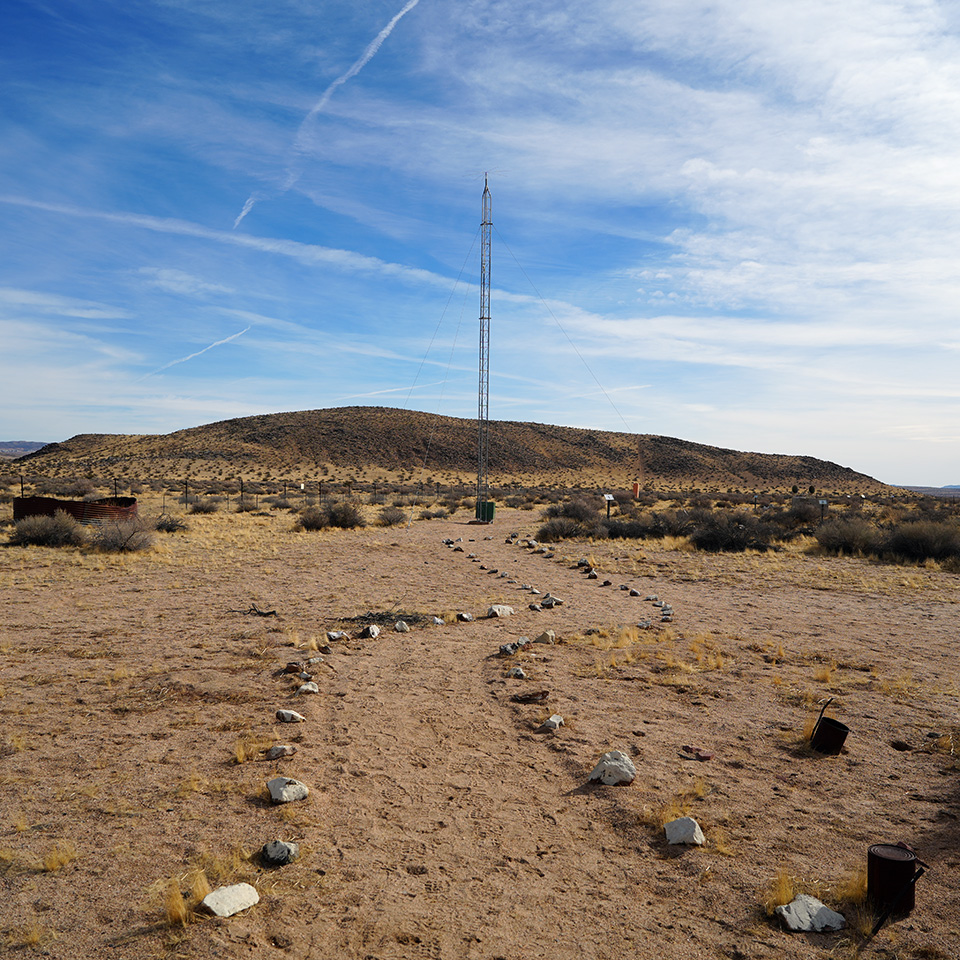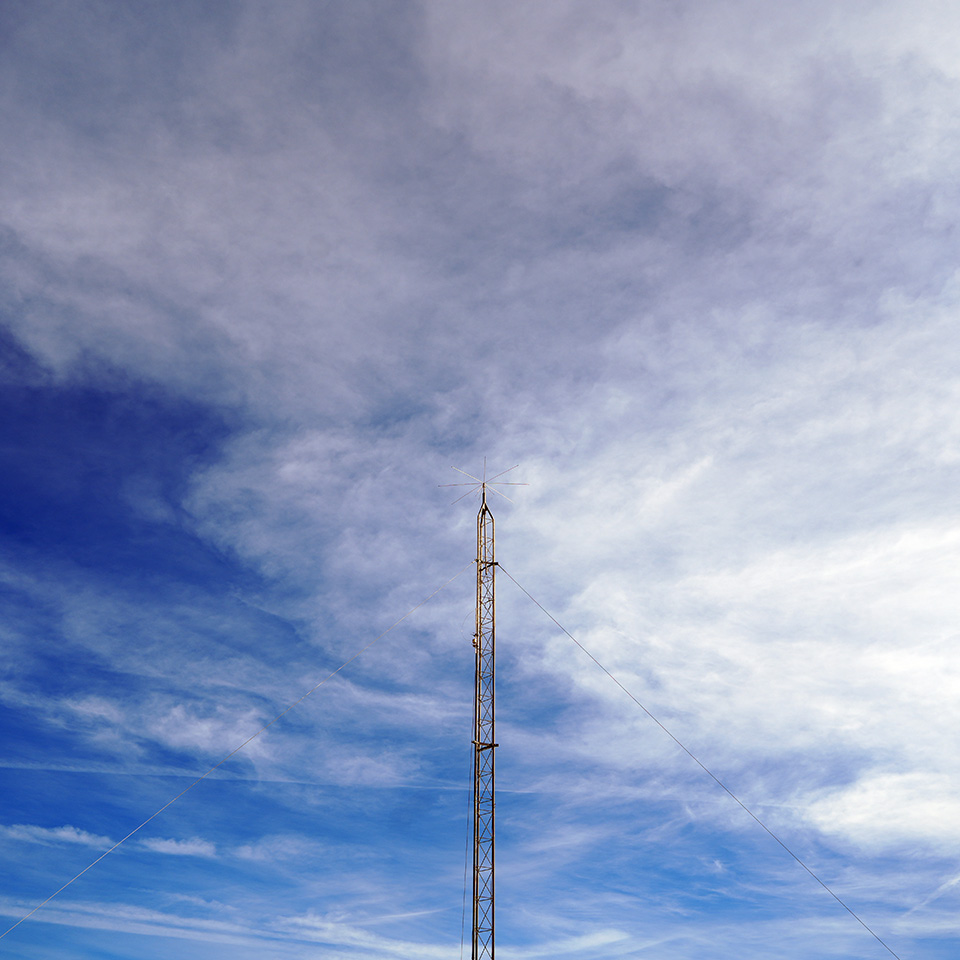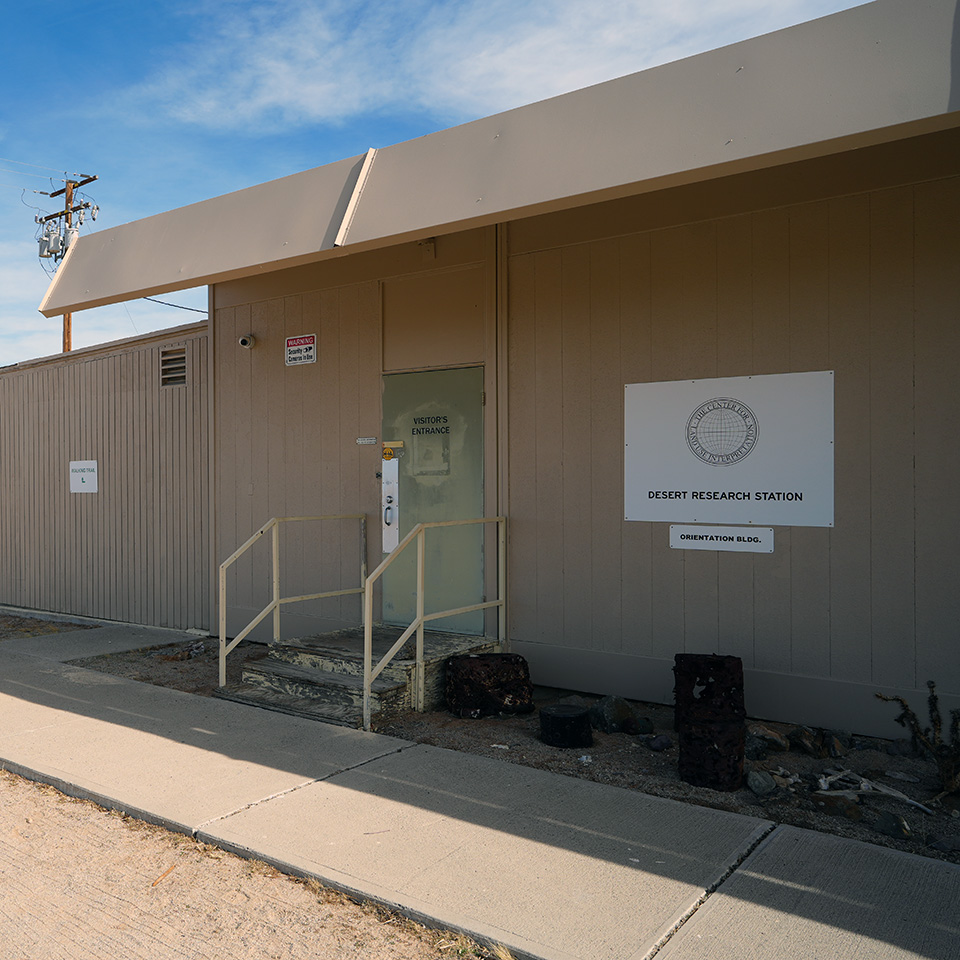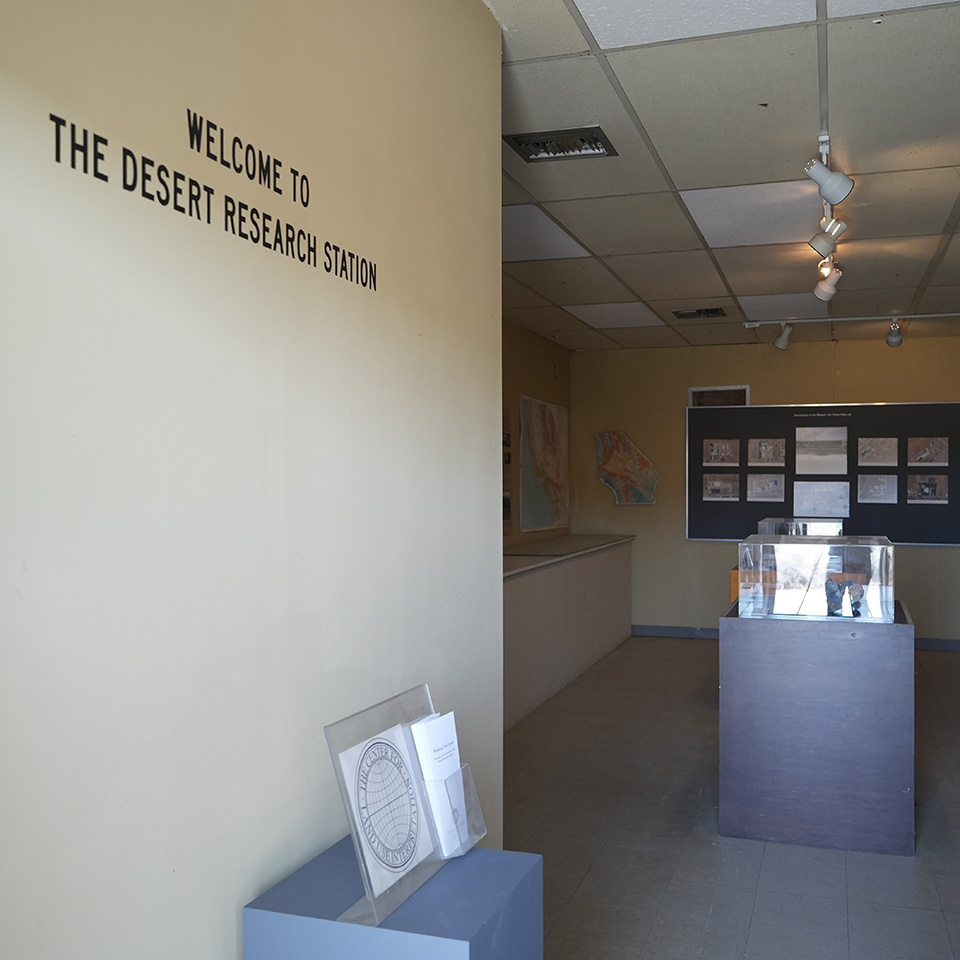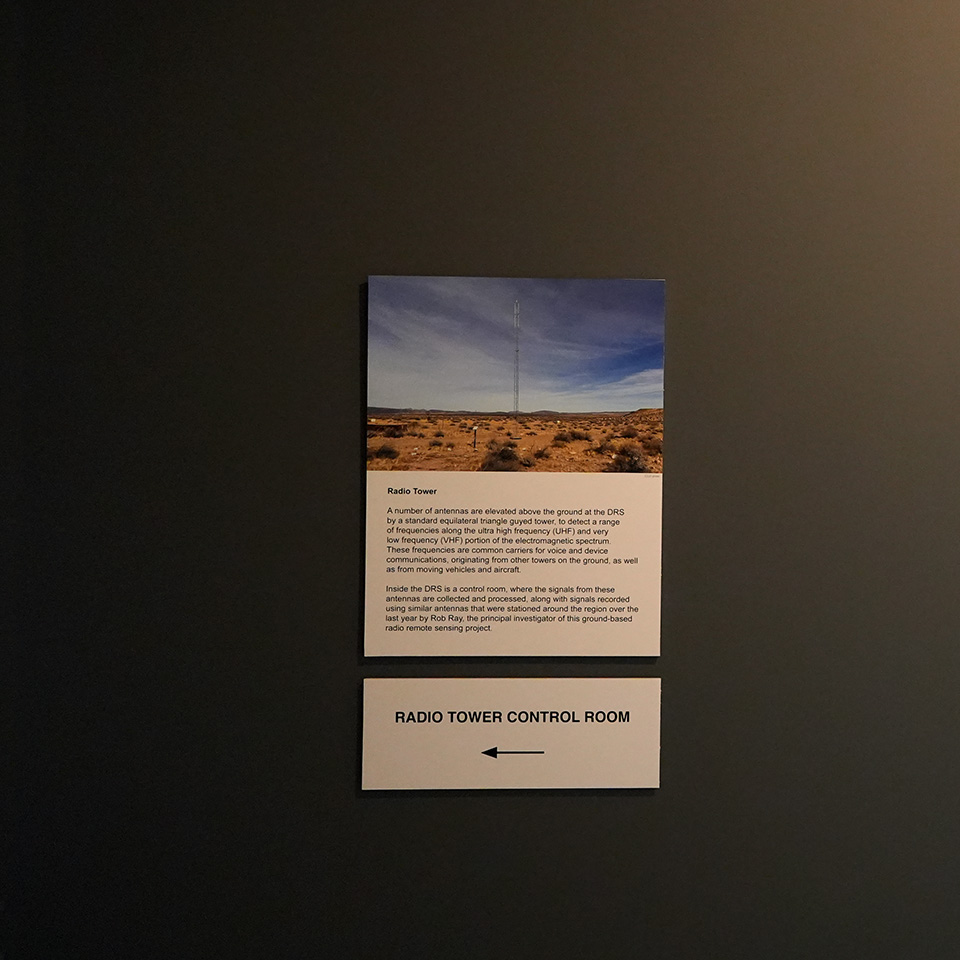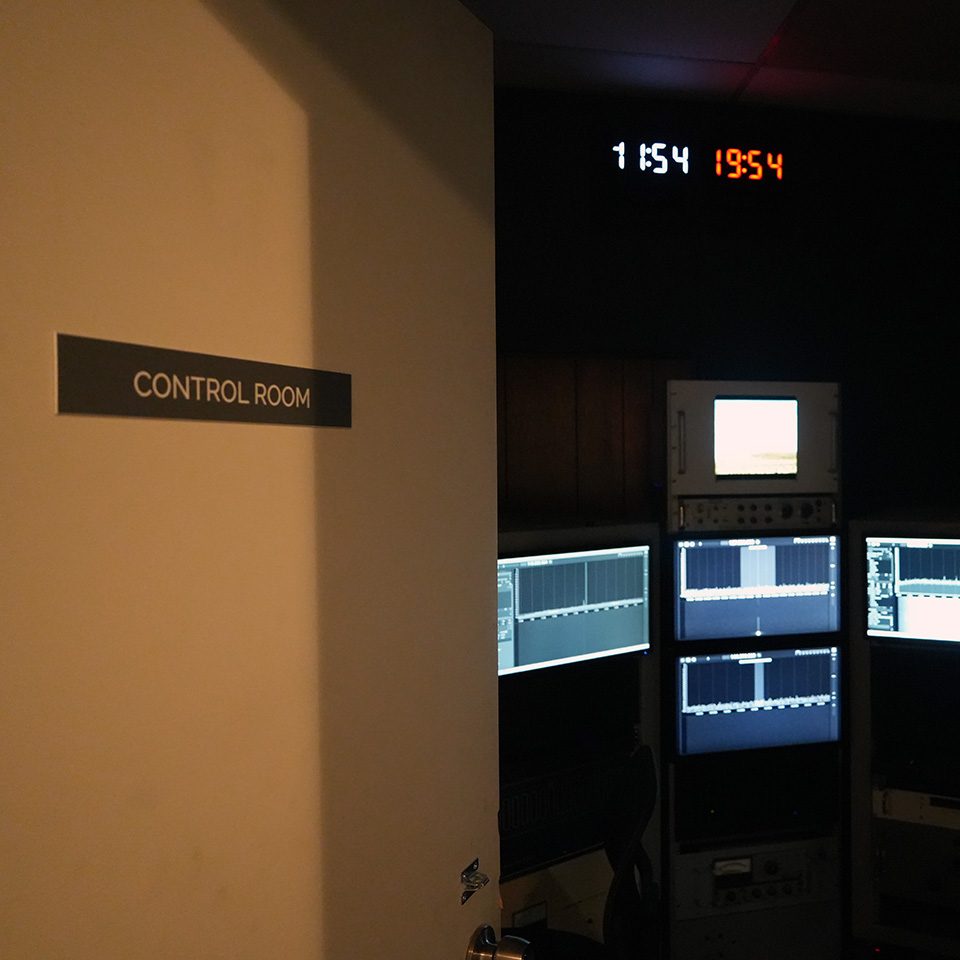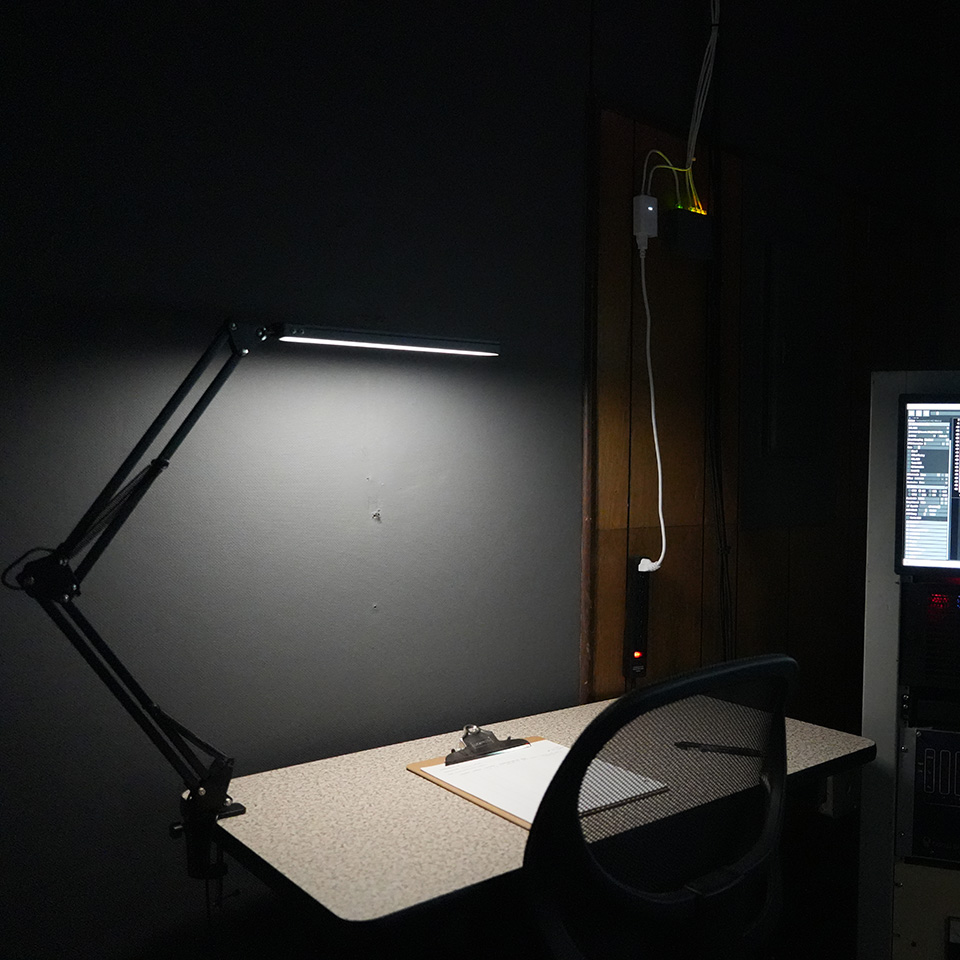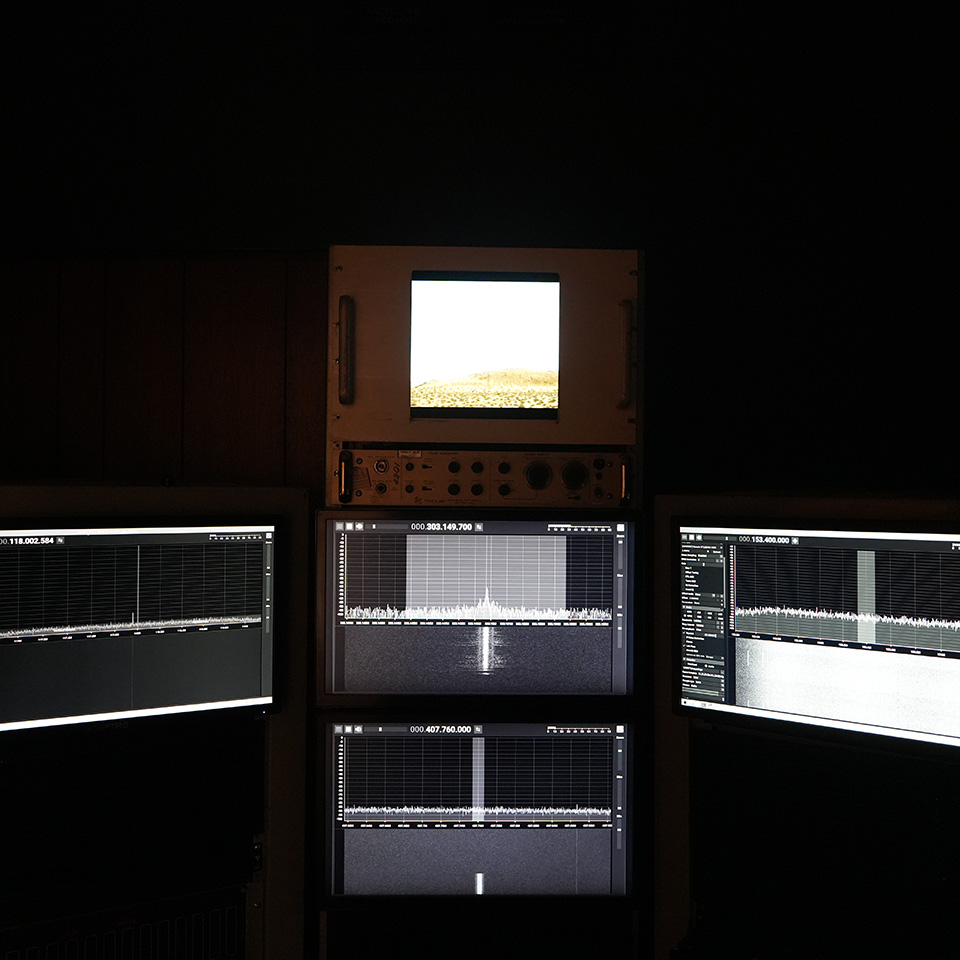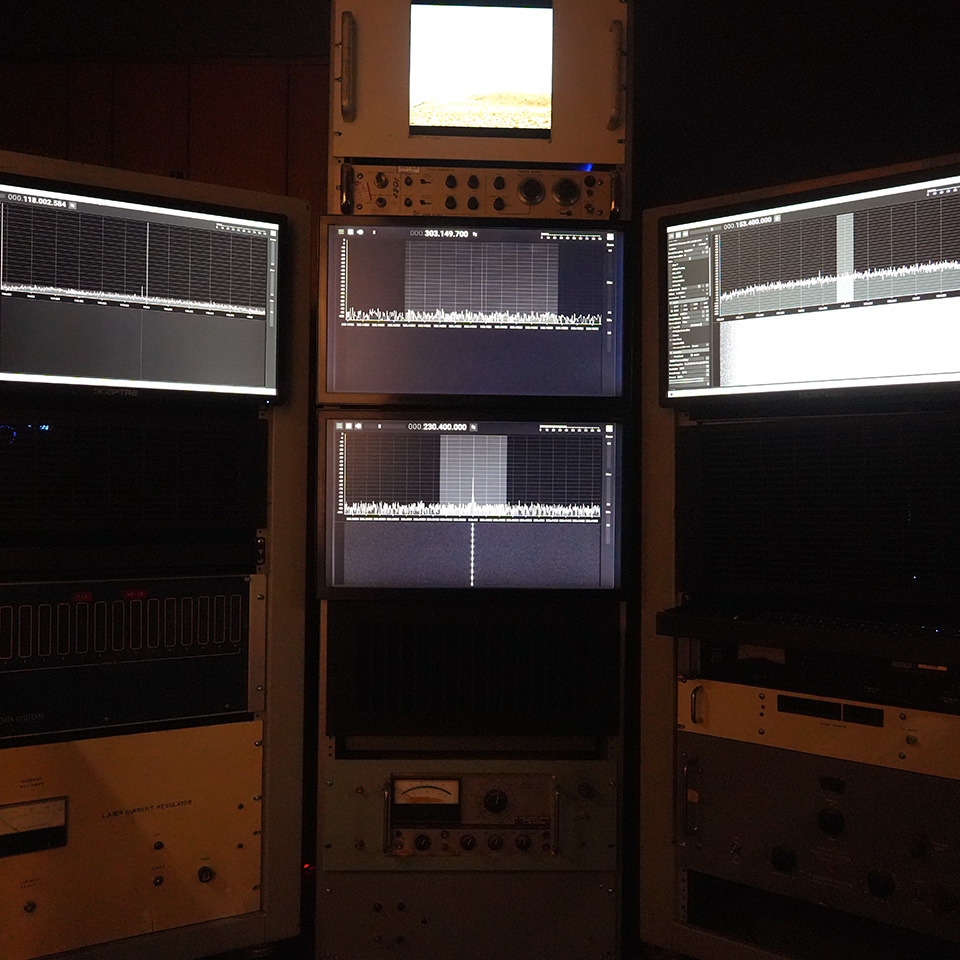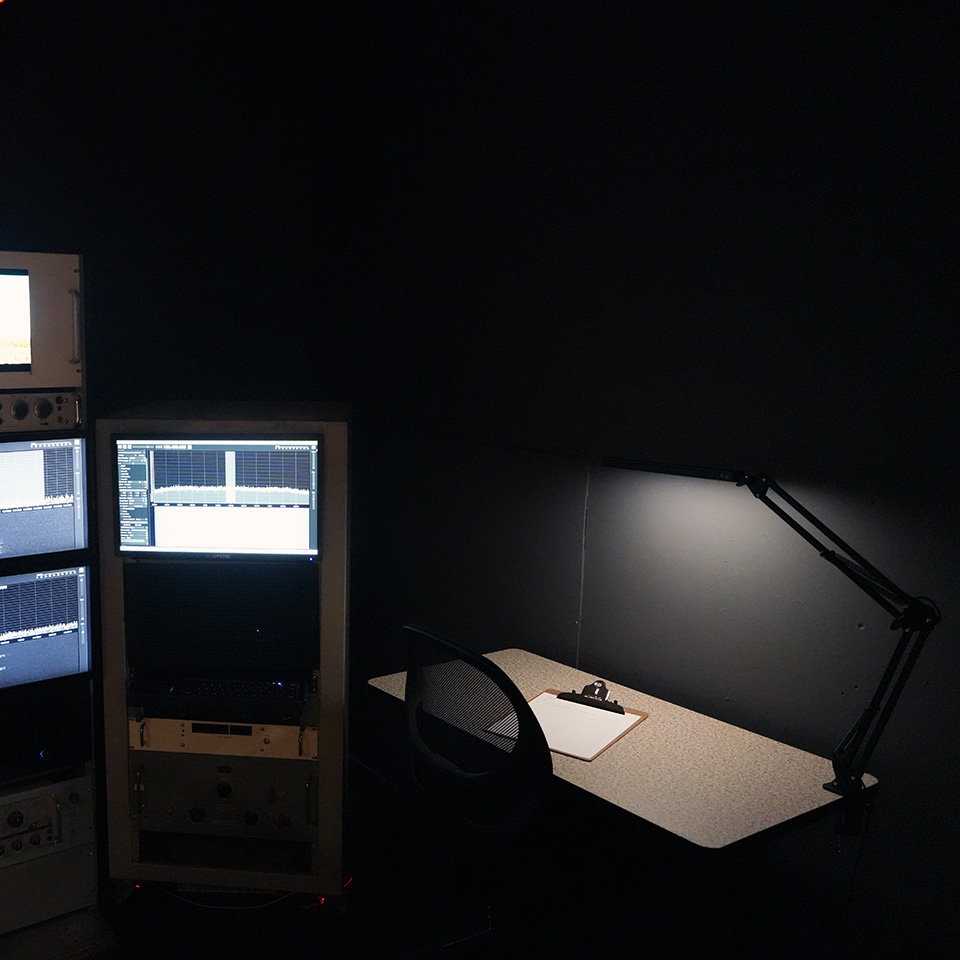Control Rooms
Control rooms are environments designed to manage and maintain complex systems. Control rooms are operational focal points designed to reduce an operator's cognitive load and help them maintain a clear mental model of the systems they observe.
Interior & Interface
The operators in a control room are trained to operate the room effectively, understand the complex systems represented within it, maintain situational awareness, address concerns about the system, and make or escalate decisions as needed. Control rooms integrate interior design and user experience design philosophies to achieve this goal. Intentional lighting, purpose-built furnishings, rack-mount equipment, and customized user interfaces are applied to create ideal conditions for the on-duty operators. A control room's windowless design also creates an environment where operators can focus entirely on their tasks within the room, free from outside distractions.
The social and economic power of the control room, such as the ability to shut down a power grid serving millions of customers, has led to intense physical access protocols and isolation from other working spaces. The windowless design also serves to prevent prying eyes.
Sensing Technologies and the Control Room
During the Cold War, sensing technologies changed how we experience and understand the world. These advances in sensing technology gave us new abilities to measure and track phenomena. Weather satellites monitor atmospheric patterns across continents, seismic sensors detect geophysical activity across borders, and radio receiver arrays survey communications across the electromagnetic spectrum.
Overload
Our expanding sensing capabilities created a new puzzle to be solved—information overload. The control room is an attempt to solve this puzzle. As we developed increasingly sophisticated sensors, such as radar arrays and satellite networks for intelligence and weather tracking, we created the field of control engineering and specialized control room facilities to collect and interpret this new data, keeping these new, highly complex systems running. Control rooms are now common sites on government and corporate campuses for monitoring and analyzing information technology systems.
As sensing technologies become more sophisticated, efficient, and inexpensive, they not only drive the need for control rooms but also enable their existence. Remote sensing and control technologies give operators centralized oversight and management of sensing systems. As we develop more sophisticated sensors and connect them to public and private TCP/IP networks, we create the need for more sophisticated control rooms to make sense of it all.
Control Rooms as Clarifiers
Condensing Complexity
Control room designers strive to simplify the complexity of a system by creating logical and user-friendly interfaces. A control room is often used to miniaturize and idealize a complex system.
Status Reporting
A crucial task for control rooms is to report the status of equipment to on-call operators. Significant effort is expended to make the system status clear.
Warnings, Malfunctions, and Resolutions
Warnings
Many control rooms are built to monitor unstable processes and notify when these processes have shifted into an undesired state.
Malfunctions
All equipment will eventually malfunction. The control room is designed to notify operators of equipment malfunctions and, at times, suggest resolutions to the operator. The control rooms themselves are also susceptible to failures or malfunctions of their equipment, which can cause misleading status reports that may result in operator error, leading to outage incidents that affect millions of people.
Resolutions
Operators need to know when equipment has malfunctioned. Suggest resolutions and provide interfacing for resolution.
Misinterpreting the Control Room
Operator misinterpretation is an ever-present danger in the control room. The ergonomics and layout of these rooms are often meticulously planned to prevent fatigue and optimize decision-making during critical moments. Explanatory signage, procedure manuals, and customized user interfacing (UI) are developed and tested to reduce operator error, but these elements can never always be 100% effective at all times. No matter how rigorously the room systems are tested, the operator must interpret what is happening based on the information from the control room and their past experiences. Misunderstandings, fatigue, and stress can lead to operator misinterpretation.
The control room's specialized interfaces, customized hardware, and esoteric phrasing create an environment that often only makes sense to its operators. This specialization often leaves visitors to the control room feeling "out of the loop."
Control Room Archaeology
The history of a control room is often visible in the commingled layers of equipment from different eras that coexist in the room's rack-mount shelving. Post-war equipment reveals its age through needle gauges, Bakelite "rooster head" knobs, and modernist typefaces that were popular during the era. In the late 20th century, personal computing CRT displays and computer keyboards replaced some of the paper printouts and hardware interfaces.
The layers of equipment in the control room tell a story about our move from mechanical to digital interfaces. The room's commingling of mid-20th and early-21st century technology also tells a contrasting story of the reliability and longevity of some of this equipment and processes.
